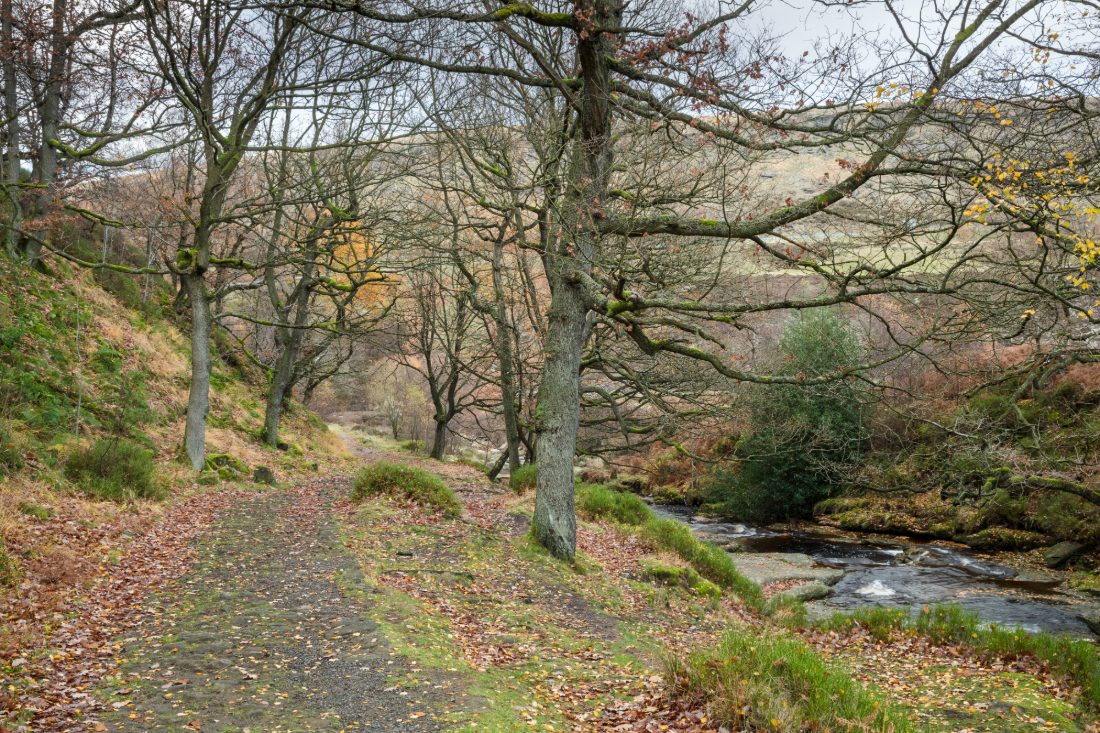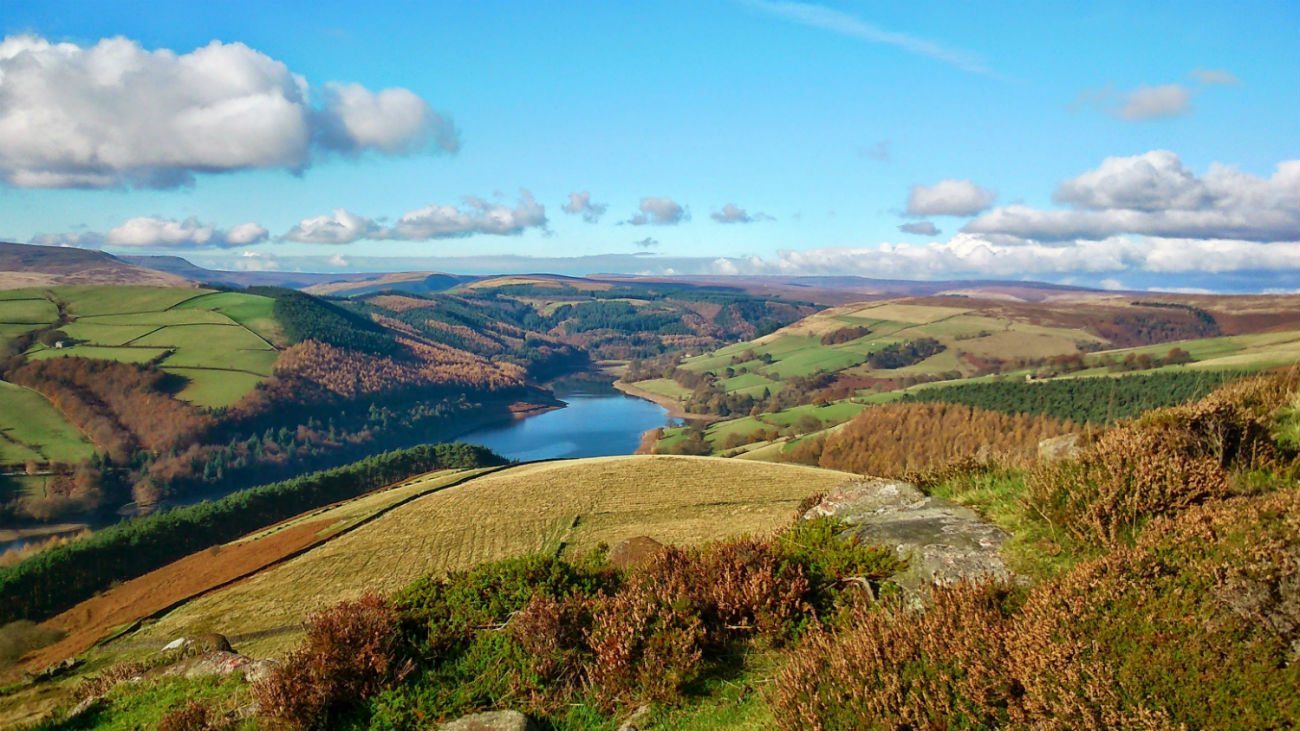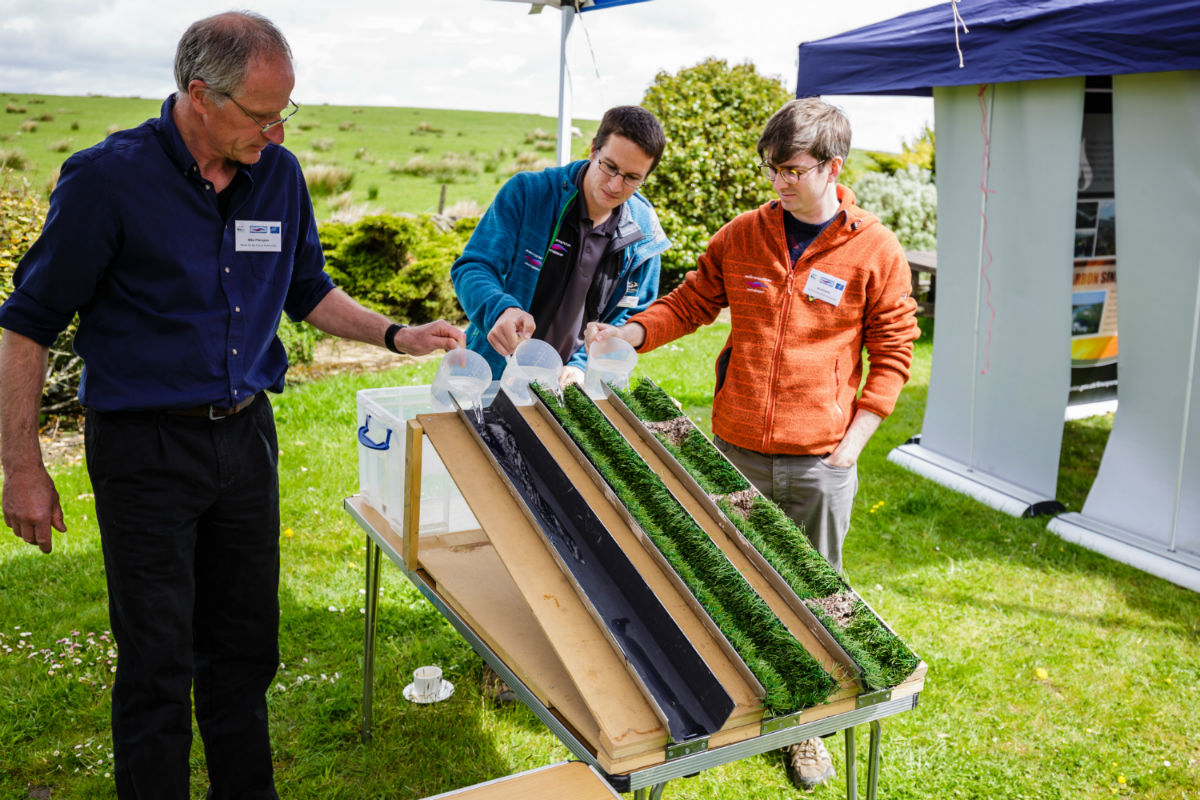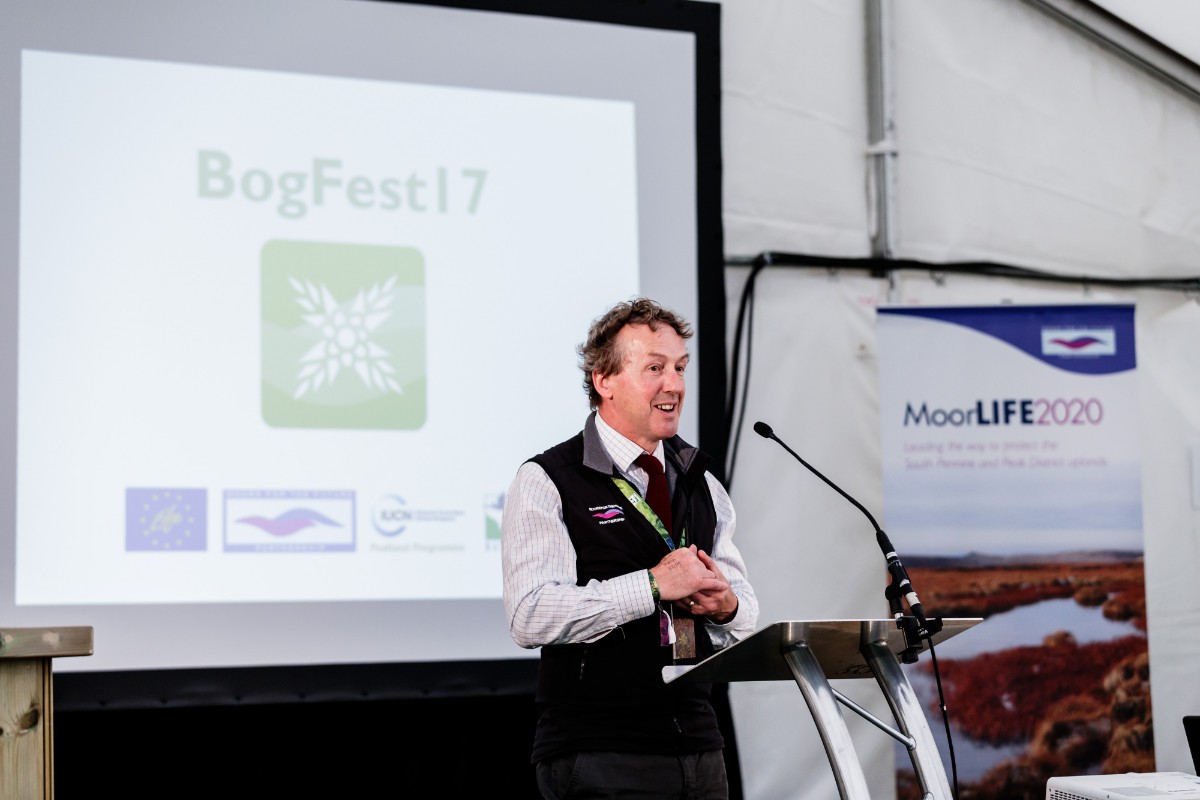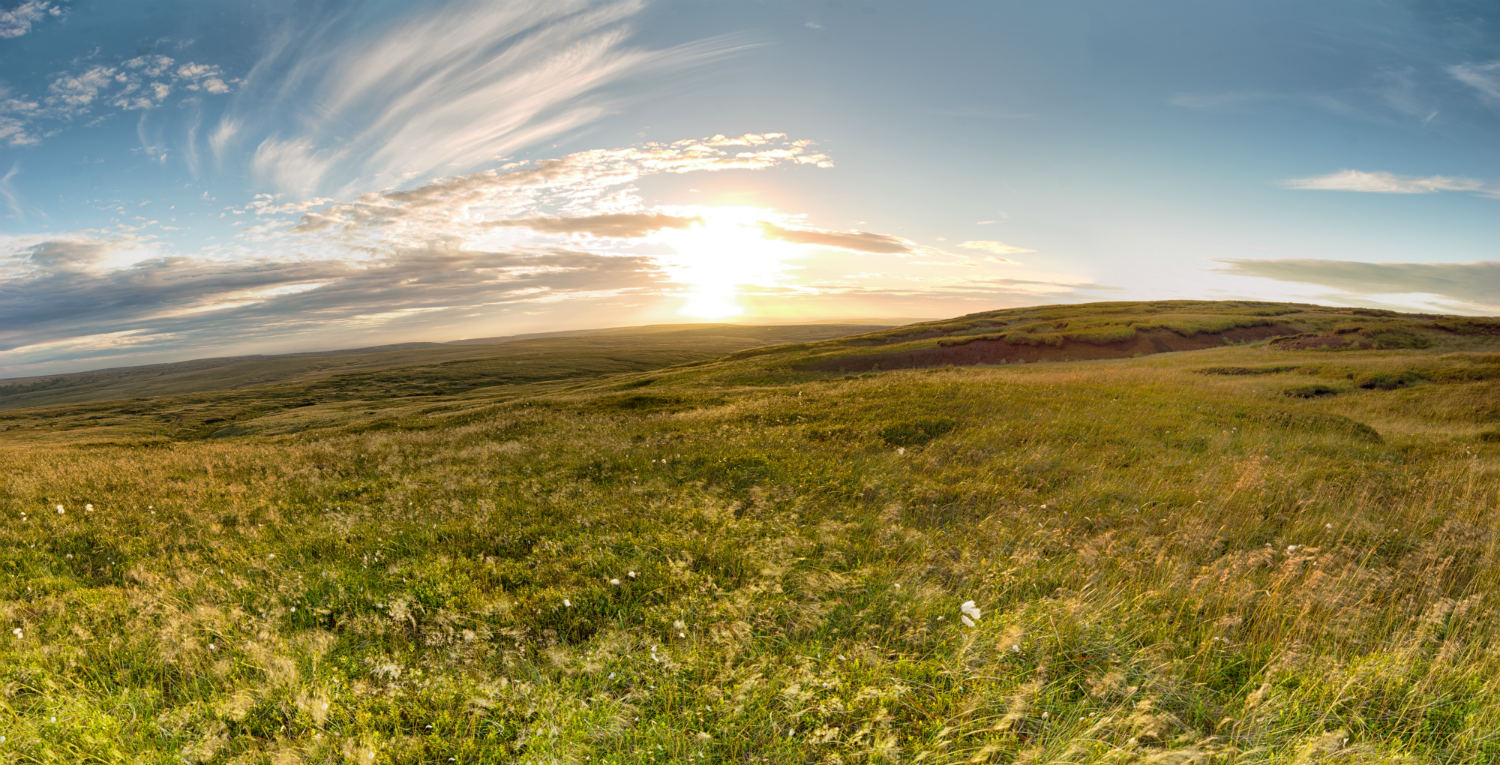
Our partnership approach means we can work across immense landscapes
Wildlife habitats and water catchments function independently of human-made boundaries. By working with a wide network of partners, we can carry out ambitious conservation projects for the landscape as a whole, across ownership, administrative and legislative borders.
Economies of scale and shared resources
Collaborating allows all partners to reap the benefits of pooled contributions to our projects. From technical expertise and resources, to knowledge of the land, to legal rights and permissions, we all benefit from what our partners can bring. Efficient joined-up working enables longer-term landscape-scale projects to work.We have evolved into an organisation that is recognised for its knowledge of conservation in the uplands and ability to get things done. Our practical experience means we are highly adaptable no matter what unexpected circumstances are thrown our way.
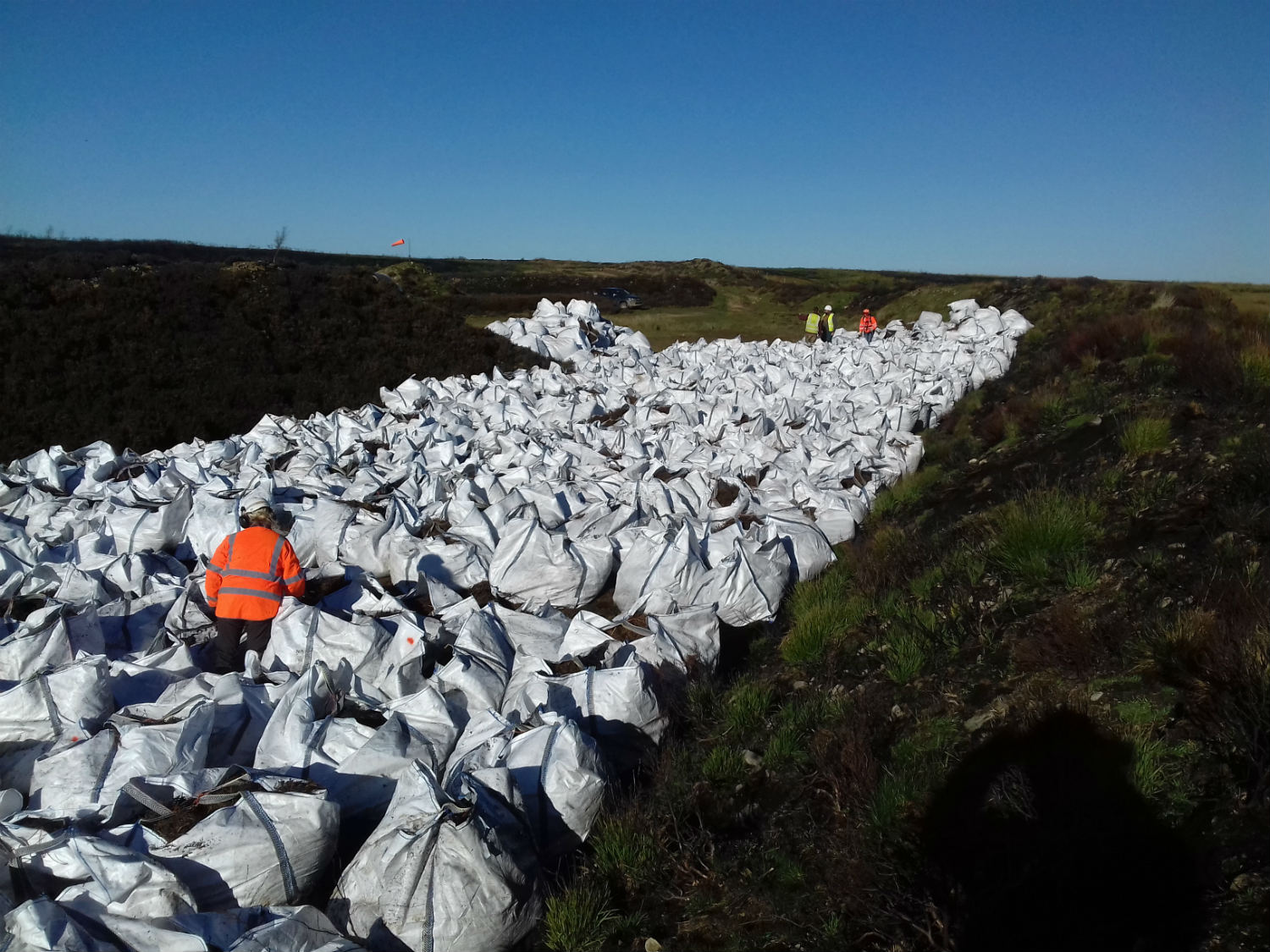
Our approach to conservation takes everything that makes an area special into account: biodiversity, geology, agriculture, the local economy and the historic environment, as well as how the area contributes to health and wellbeing. Our experience of working in this way has given our team a wealth of expertise to draw on. This makes us uniquely placed to know what a healthy landscape requires to continue supporting both wildlife and people.
For example, we may have assessed that a series of gully blocks (mini-dams) are needed in an eroding gully or grip. By working down from the top of a water system, we reduce the negative impacts of degraded blanket bog at the top on the land downstream. We may cross several ownership boundaries as we work down the gully and work on neighbouring features, too, so that they work together for maximum benefit for habitats and water supplies.
Partnerships for landscape-scale working
The Peak District and South Pennine moors make up a vast landscape stretching across many boundaries. Landscape-scale working is only possible if stakeholders come together and we work across whole landscapes by bringing people together in partnership to achieve common goals. Working closely with partners living and working on and beyond the moors, we make the most of limited resources to benefit the wider community.
Because healthy uplands benefit everyone, we all have a stake in their condition. For instance, 70% of UK drinking water originates on the uplands, and there are 55 reservoirs in the Peak District alone! Water companies supply our water from this landscape. By working in partnership to reduce the amount of peat washed off the moors into the rivers and reservoirs, they improve our tap water at the same time as helping the environment!
Our partners and funders include the Environment Agency, National Trust, Natural England, Peak District National Park, Pennine Prospects, RSPB, Severn Trent Water, United Utilities and Yorkshire Water, and EU LIFE.
We also work with moorland owners and farmers to improve the condition of Sites of Special Scientific Interest (SSSIs), which have been designated for their special vegetation and wildlife. As more land managers join in, more SSSI moorland will become part of a landscape-scale conservation programme across neighbouring areas of land.
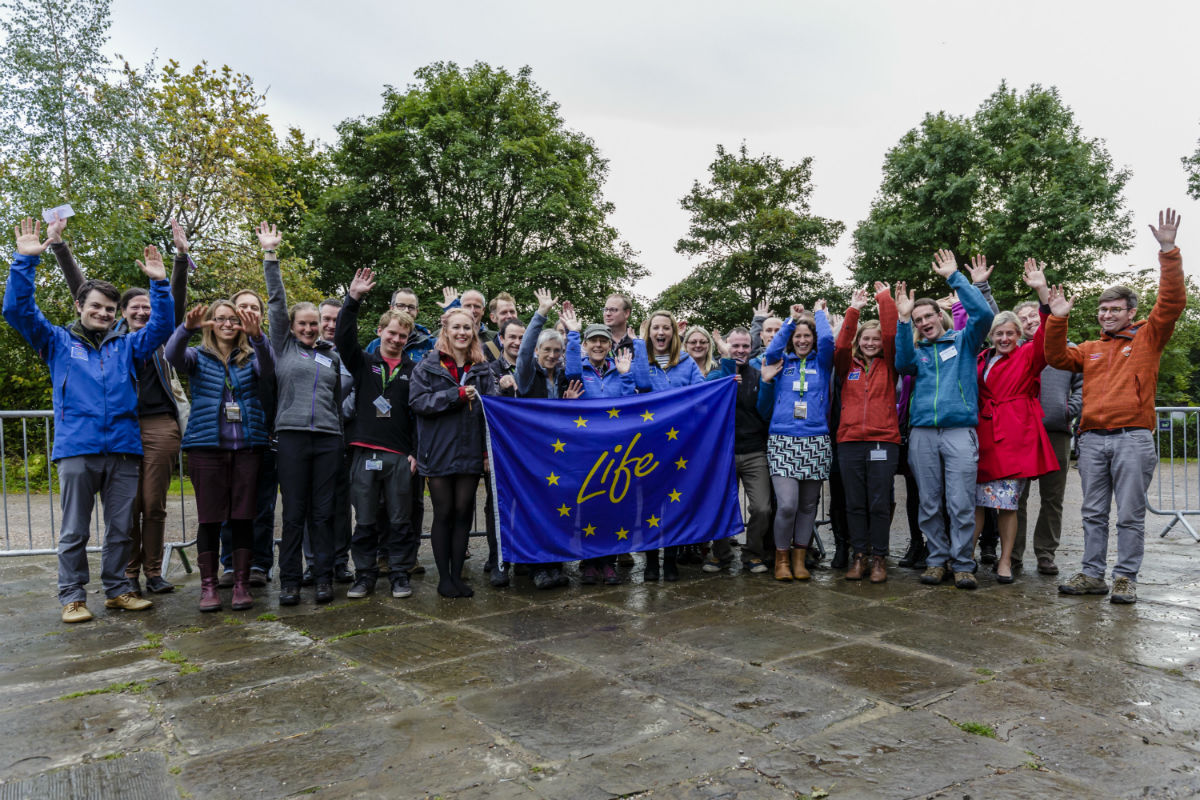
Private Lands Portfolio
Our portfolio of conservation projects on private land facilitates a co-ordinated approach by working with managers of privately-owned land to achieve our aim of vast, healthy moorland landscapes.
Fundraising
Doing all this work with multiple partners across whole swathes of countryside isn’t cheap; luckily, we’re specialists at finding funding!
Repairing the damage caused by years of industrial pollution and moorland fires has cost over £13 million to date, improving:
- landscapes and wildlife habitats
- water quality and flood prevention
- carbon storage
- visitor access and enjoyment
This is great value for money when you consider that the eventual cost of current inaction could be billions.
Because Moors for the Future is a long-running partnership with a weight of evidence and experience to call on, we’re influential advocates regularly speaking up about the importance of peatlands and helping to shape conservation policy.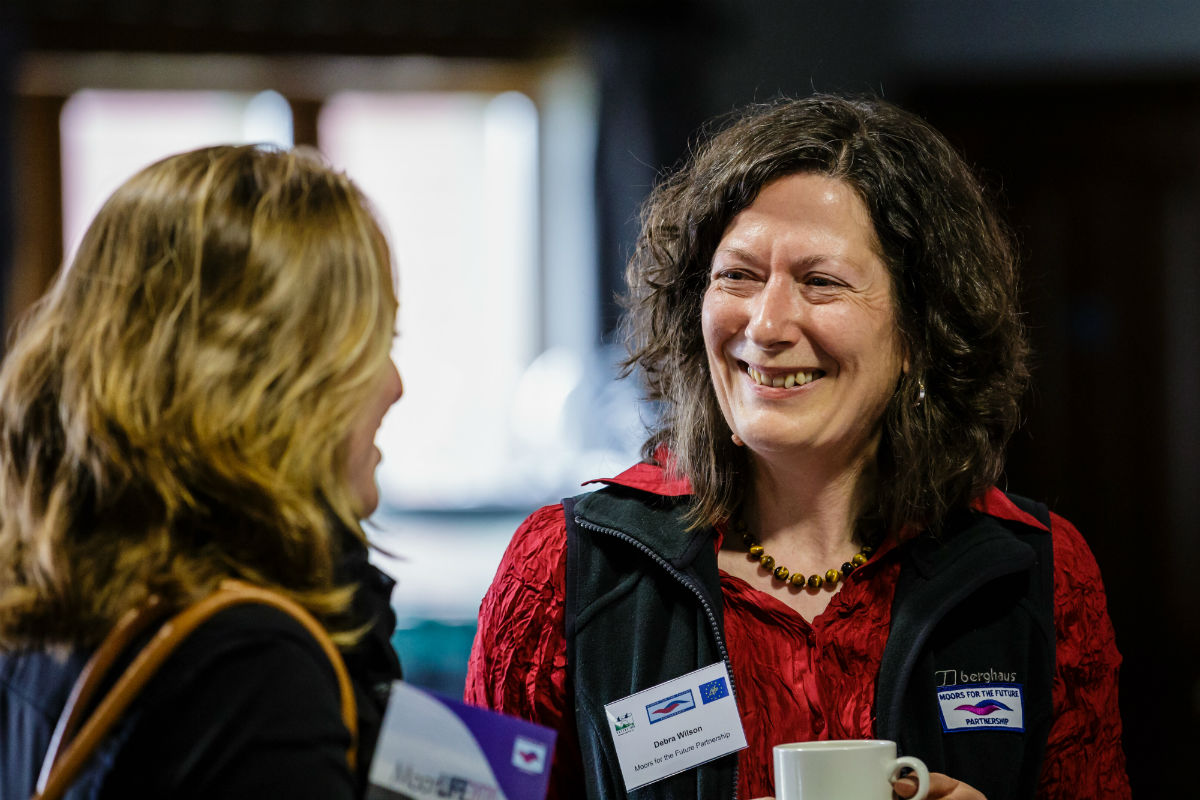
Special projects
Although it is very important, it’s not all about blanket bog conservation! Many of our projects are aimed at improving and investigating the different elements that make up a healthy moorland landscape. This can include work such as restoring clough woodland or surveying the birds breeding on the moors.
Clough woodland project
Breeding bird survey
Moorland conservation work
Private lands portfolio
